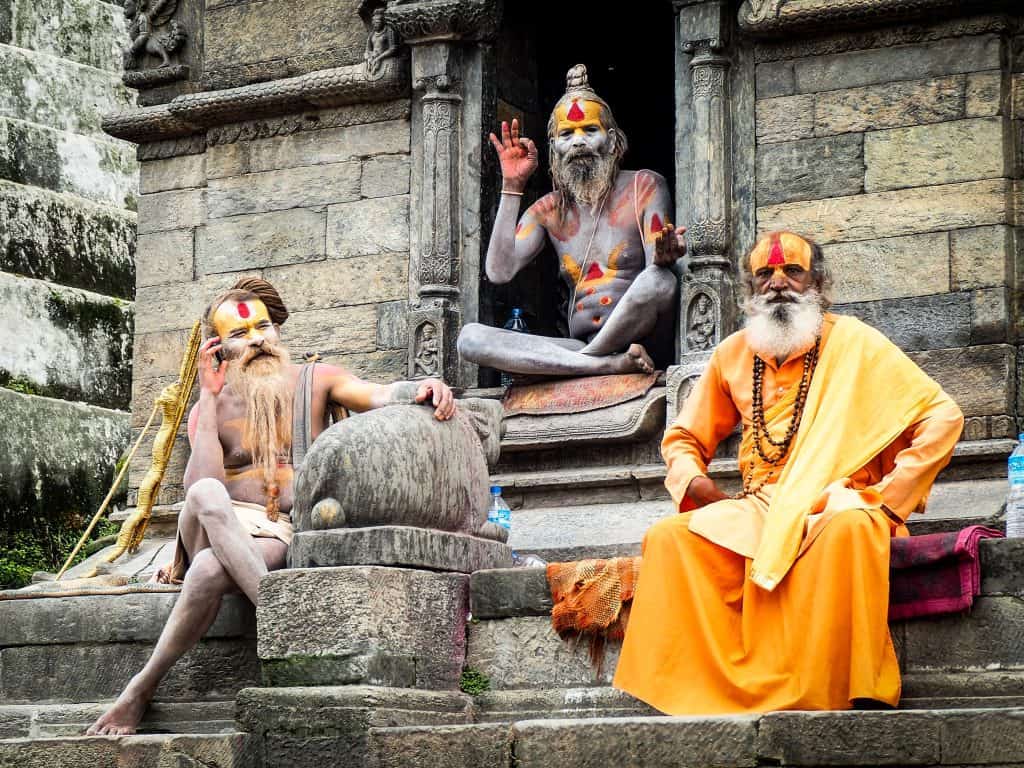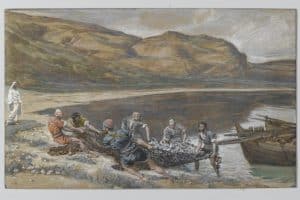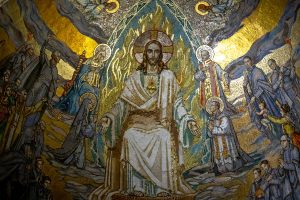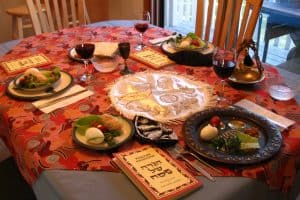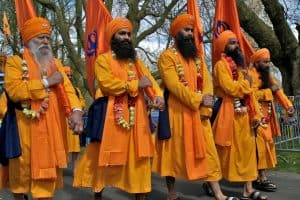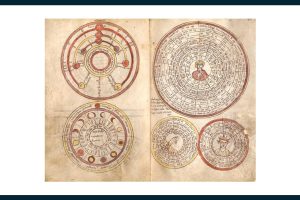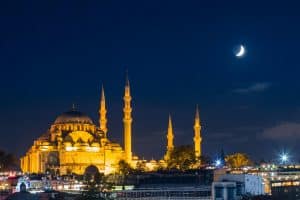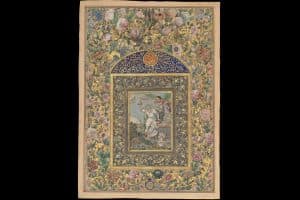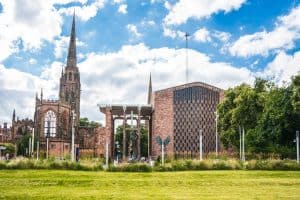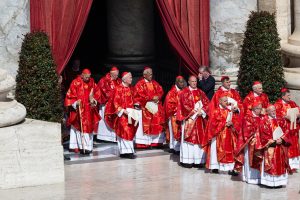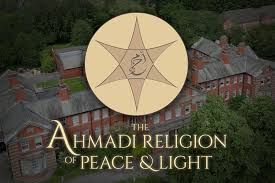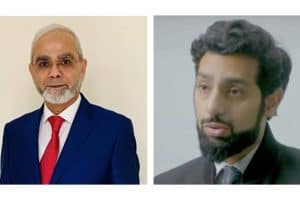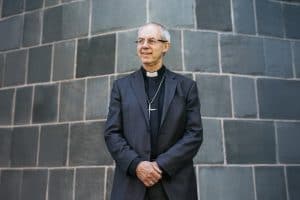By Dr Sarah Harvey
Hinduism, whose adherents make up 15 per cent of the global population, is a not single religion comparable to Abrahamic faiths, with a founder and canonical text. It is rather a family of traditions that can be understood as a network of related beliefs and practices rather than a formal religion
Key facts
The word “Hindu” was first used by other cultures (in present-day China and Persia) to refer to the populations living around and beyond the River Indus in north India. “Hinduism” as a term of self-identification for Indians largely developed in the mirror of 19th-century colonialism and was taken up by Indian social and religious reformers.
It is estimated that Hindus make up 15 per cent of the global population. It is likely that 80 per cent of India’s one billion-plus citizens are Hindus, and neighbouring Nepal is closer to 90 per cent.
In England and Wales, there are about 840,000 self-identified Hindus, about 1.5 per cent of the population. It is the third-largest religious group in the UK after Christianity and Islam. The largest concentrations of Hindus can be found in Greater London (with large numbers in Brent, Harrow, Hendon, Hounslow, Redbridge and Southall) and in Leicester.
The majority of Hindus in the UK have ties to Gujarat or the Punjab in northwest India, with a significant number being “twice migrants” from east Africa and other areas of the former British Empire. There is a small, but significant Tamil community (from south India), many of whom are twice migrants from Sri Lanka or Malaysia.
What do Hindus believe?
Identifying with the term “Hindu” is not simply a matter of “belief” in key precepts or participation in certain practices. It can also be related to negotiating specific political, social and familial identities.
Some Indian Hindus believe that Hinduism is tightly bound with ethnicity — particularly among those sympathetic to Hindutva (religious Hindu nationalism), which has been an influential political force in India since the 1980s, increasingly so since the coming to power of prime minister Narendra Modi in 2014.
The diversity found within traditional Indian religiosity spans a spectrum from highly devotional, deistic traditions, to traditions that come close to holding atheistic ideas. “Orthodox” Hinduism is sometimes used to describe those traditions that follow the Vedic texts (see below). Sanātana dharma, or “eternal dharma”, also provides unifying ideas for many Hindus as to how an individual should ethically live.
Main ideas
Brahman (or paramatman) is sometimes considered to be an impersonal essence, at other times as a specific “god” with a personality, while some emphasise Brahman to be beyond all such descriptions.
Atman is the principle of individual self and its relation to Brahman is considered from a wide variety of positions within the Indian traditions.
Dharma refers to behaviours important for preserving a “natural order” of the universe. These are often seen as more important than “belief”.
Karma is the doctrine that every action has an effect that is usually understood in terms of personal morality and fortune as being strongly influenced by past actions.
Reincarnation is the idea that the “essence” of an individual is reborn many times in both human and animal bodies.
Bhagvan is the non-specific word that comes closest to Judeo-Christian understandings of “god” and this divinity might be seen and acknowledged as manifesting in various names and forms. Devotional images might take the form of Vishnu, Śiva, Kali as well as Ganesha (who has an elephant head), Kṛiṣhṇa, Lakshmi, Saraswati, Hanuman (a monkey), Murugan and numerous others.
Many Indian traditions believe that the divine can consciously incarnate into human (or part-human) form to be accessible to the needs of humans; these incarnations are known as avatars.
Most Hindus identify their tradition as originating with the Vedas. The oldest of which, the Ṛg Veda, is believed to have been memorised in its current form in 1200-900BC in northwest India. The Vedas are considered śruti — “heard” or revealed texts, that are not of human origin. They comprise prayers, rituals and spells directed at particular deities. Rituals based on the Vedas are often performed by priests in India for rites of passage, breaking ground on a new building, or other significant events.
The Upanishads are considered the culmination of the Vedic canon, composed between 800BC and 200AD. The Upanishads discuss the concept of “mokṣa” — the cessation of desire-based attachment. New commentaries on these scriptures, themselves also termed Upanishads, continue to be written and new groups might claim the status that their scriptures are śruti, or divinely inspired.
Within India, the population’s religious identity and relationship with the divine is more directly shaped by the sacred epics of the Mahābhārata and the Rāmāyaṇa. These stories of divine and human interaction have been popularised in television dramas and echoed in soap-opera narratives.
What traditions are there within Hinduism?
Most attempts to explore the diversity of the Indian traditions make three main divisions based on devotional focus: Vaishnavites, Shaivites and Shakti.
Vaishnavism
Vaishnavism focuses upon the worship of Vishnu/Narayana and his avatars (incarnations) — especially Krishna.
Vaishnavism emphasises receiving initiation (dīkṣā) and spiritual instruction from a guru (teacher). The Vaishnavism initiate receives instruction in a particular mantra and its repetition (japa).
When reading scriptures, Vaishnavites tend to emphasise literal over symbolic readings
Shaivite
Shaivism focuses on the figure of Shiva as the creator, destroyer, and maintainer of all life. Shaivism is more active in Nepal, Malaysia, Singapore, and Indonesia — there are significant regional variations and traditions within Shaivism.
Shaivism is associated with worship of the lingam/yoni (a symbol of cosmic energy) and ash. Some Shaivites take initiation (dīkṣa) into a specific tradition in order to obtain liberation in this life (mukti).
Shaktism
Shaktism focuses worship on a female image of the divine called Shakti or Devi. The image of the goddess can take many different forms based on family tradition or personal attraction; for example in south India the focus is on Lalita-Tripurasundari/Mahadevi and in Bengal and Bangladesh the focus is more upon Kali/Durga.
Vedanta
India has a rich religious tradition that is not focused upon devotion to a particular deistic conception of the divine, the most popular being Vedantic thought. This tradition focuses on the philosophy of the Upanishads and believes that self-realisation, or the individual understanding the true nature of reality, is the primary aim of human life and leads to moksa (liberation).
There are traditionally six “schools” related to Vedanta philosophy, the most influential being Advaita Vedanta founded by Adi Shankara (c. 789), Vishishtadvaita founded by Rāmanuja (c. 1017-1137) and Dvaita founded by Madhvācārya (1238-1317).
Vedanta was the first form of Indian religiosity to be actively promoted to westerners by Swami Vivekananda (1863-1902). Perhaps the most widely popularised form of Vedanta outside of India stems from an Advaita Vedanta background of the Maharishi Mahesh Yogi (1918-2008), the founder of Transcendental Meditation and a number of western-born guru figures.
Tantra
Tantra, which dates from AD600, has influenced many Indian traditions, but it is most frequently associated with particular orders of Shaivite and Shakti traditions (as well as parts of Jainism and Buddhism).
This path is usually concerned with an active practice (sādhana) that involves dīkṣā (initiation) and specific rituals for the practitioner’s personal spiritual advancement — including through the manipulation of kuṇḍalinī, a subtle energy believed to run in channels through the body.
A focus on sexual activity as a spiritual path is better termed Neo-Tantra, which has developed as an integration of western esoteric magic and ritual, with selected readings of Indian texts.
How do Hindus practise their faith?
Many Indians go to temples, called mandirs, where priests live and maintain carefully crafted images of the deities (murtis) that have been ritually empowered to embody the divine.
Rites of passage rituals (samskāra) might take place in temples. In “orthodox” Hinduism, there are 16 such rituals: 10 of which take place between conception and the age of three. Others include marriage, renouncing the world (becoming a sanyāsa), taking monastic vows and funeral rites.
Ashrams or mathas are places of residences for sannyasa, those who have taken vows to forsake the traditional expectations of family life in order to pursue spiritual understanding. Ashrams are affiliated with a particular samprada (spiritual lineage) and/or a specific guru.
Many Indians also maintain a household shrine where they can communicate directly with the divine through daily puja (worship directed towards a deity) and care of the shrine by washing any statues, reciting mantras and making small offerings such as incense or fruit to the deities.
Bhakti, generating feelings of devotion and love for a particular image of the divine, is a central practice for many. This may involve japa, the recitation of verses in honour of the deity or devotional songs or mantras.
The Hindu festival calendar is lunar rather than solar and most festivals are associated with particular deities and/or geographical regions. Not all Hindus celebrate all festivals.
One of the most popular festivals is Diwali, a five-day festival celebrating the triumph of light over darkness and associated with Lakshmi, Rāma and Sita. For some Indian communities Diwali marks the beginning of a new year and is associated with gift exchanges and decorating homes with light.
Other significant festivals are the focus for those who practice bhakti towards particular deities, such as: Janmashtami (celebrating the birth of Krishna); Ganesha Chaturthi (a festival for Gaṇeśa); Dussehra (celebrating Rama’s victory over Ravana); Navaratri (for Bengalis, associated with the goddess Durga); Śivaratri (associated with Śiva); and Holi (commemorating the death of Holika who plotted to kill a devotee of Vishnu).
Pilgrimage is a popular — although not obligatory — practice among some Indian traditions. Some Hindus make pilgrimages to significant temples or natural features (such as a cave or river) associated with the divine. There are four holy cities on each side of India (Badrinath, Dwarka, Jagannath Puri, and Rameshwaram) known collectively as the Char Dham which particularly devout Hindus might try to visit once in a lifetime.
Particular holy places are also associated with festivals, leading to some of the largest gatherings of people in the world in celebration, for example the Kumbh Mela, a festival held every four years in either Allahabad, Haridwar, Nashik, or Ujjain.
What about the caste system?
Caste is a complex and controversial concept for Indian society. It is a word taken from Portuguese that was first applied to India in the 16th century by Europeans.
The roots of the caste system are generally assumed to be based on the concept of varnas or the four aspects of the “cosmic body” in the later Rg Veda: the social group of brahmins (whose duty is to learn and enact Vedic rituals) emerged from the head; the kṣatriya (warriors and rulers) from the arms; the vaiśya (merchants, agricultural workers, etc) from the thighs; and the śūdra (servants whose duty is to serve all above) from the feet.
Over time, this scripture has become conflated with jāti, a more fluid identity associated with communities and sub-communities defined on the basis of trade, language and/or religious belief. The lowest castes, who call themselves dalits and/or tribal peoples (and are sometimes called ‘untouchables’ by others), take on the most undesirable occupations and existing on the margins of society, and are seen as existing outside of the varna metaphor.
There are more than 1,000 officially recognised castes in contemporary India. Many Indian religious figures have been critical of the caste system, from Advaita Vedanta, founder Adi Shankara (c. 789), who did not admit any reality to the classifications, to more modern popular religious leaders like Swami Prabhupada (1896-1977) who founded Iskcon (International Society for Krishna Consciousness), which unequivocally opposes any birth-based caste system and Sri Sri Ravi Shankar (b. 1956) of the Art of Living Foundation who also rejects caste distinctions.
The Indian government has made caste-based discrimination illegal and offers some forms of affirmative action (reserved school places and government employment quotas) to the lowest castes, which contributes to both resentment and social mobility.
In May 2013, the UK government proposed a bill preventing discrimination based on caste in the UK. Many members of the UK Hindu community, such as the National Council of Hindu Temples, felt this would further entrench rather than alleviate any caste-based distinction that may exist. The bill was abandoned in 2018.
However, discrimination based on caste has been reported in the UK, particularly in some parts of Punjabi communities and particularly in relation to Valmiki and Ravidassia groups, which are closely associated with both distinct belief systems and a particular caste background (although it should be noted that these are not Hindu groups but rather separate traditions).
How many Hindus are there in Britain?
There are 816,633 Hindus in England and Wales (1.5 per cent of the total population) according to the last census (2011). This compares with 552,421 Hindus (1.06 per cent of population) in 2001. In Scotland, Hindus made up 0.31 per cent of the population in 2011, up from 0.11 per cent in 2001. There were 189 officially registered Hindu places of worship in England and Wales in 2015.
In 2011, Hinduism was the fourth largest religious group after Christianity (59 per cent), No Religion (25 per cent), and Islam (five per cent). More than 30 per cent of Hindus are aged under 24 and it is the religious group with the largest proportion (55 per cent) of working age adherents.
More than 97 per cent of the UK Hindu population live in urban areas, with more than half living in London and the southeast where they make up five per cent of the population. The London borough of Harrow has the highest concentration of Hindus in the UK with 25.3 per cent, followed by Brent with 17.8 per cent.
There have been three main waves of Hindu immigration to the UK, the first in 1947, then the 1960s, and 1970s. Apart from India, there are significant numbers of Hindus from Sri Lanka, East Africa, the Caribbean, Fiji and Mauritius. Ninety-six per cent of UK Hindus say that they are from an Asian ethnic background, with 84.5 per cent identifying as Indian.
A high proportion of Hindus (91 per cent) reported in 2001 that they have a British national identity. More than 88 per cent believe that Hindus are well integrated into English society, according to Connecting Hindus, a report by the Runnymede Trust. Many say they see themselves as Indian or British Indian rather than Hindu or feel that their religious and ethnic identities are intertwined.
There are seven Hindu state schools, and one private Hindu faith-based school in the UK, of which six are in London and the southeast and two are in Leicester. The longest-running Hindu state school, Krishna Avanti in Harrow, which opened in 2009.
Dr Sarah Harvey is senior research officer at Inform, an independent, educational charity based at King’s College London, which provides information about minority religious, spiritual and political movements
Academic experts
Professor Chakravarthi Ram-Prasad, Lancaster University
Dr Ankur Barua, Cambridge University
Dr Mikel (Mik) Burley, Leeds University
Dr Jessica Frazier, Trinity College Oxford and the Oxford Centre for Hindu Studies
Professor Anna King, Winchester University
The Oxford Centre for Hindu Studies
Further reading
Brockington, J. L. (1981) The Sacred Thread: Hinduism in its Continuity and Diversity. Edinburgh University Press
Eck, D (1982/1988) Darsan, Seeing the Divine Image in India. Columbia University Press
Flood, G. (1996) An Introduction to Hinduism. CUP
Hirst, J. S. and J. Zavos (2011) Religious Traditions in Modern South Asia. London: Routledge
Huyler, S. and T. Moore (2002) Meeting God: Elements of Hindu Devotion. Yale University Press
Klostermaier, Klaus K. (1994) A Survey of Hinduism. State University of New York Press
Knott, K. (2000) Hinduism: A Very Short Introduction. OUP
Lipner, J. (2012) Hindus: Their Religious Beliefs and Practices. CUP
Mittal, S. and Thursby, G. (eds) (2004) The Hindu World. Routledge
Olson, C. (2007) The Many Colors of Hinduism: A Thematic Historical Introduction. Rutgers University Press
Samuel, G. (2008) The Origins of Yoga and Tantra. CUP
Sarma, D. (2008) Hinduism: A Reader. Wily-Blackwell
Smith, D. (2003) Hinduism and Modernity. Blackwell Publishing
Zavos, J., P. Kanungo, D.S. Reddy, M. Warrier and R. B. Williams (2012) Public Hinduisms. Sage Publications

